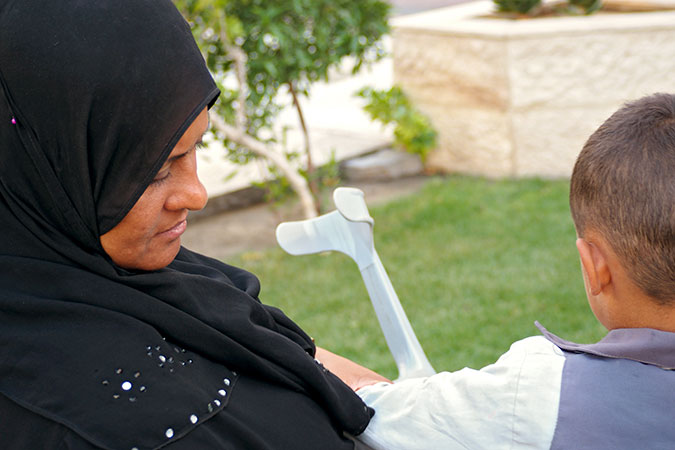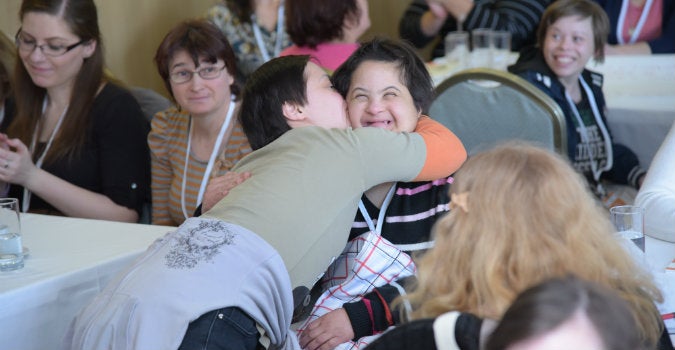Executive Director’s blog series: Violence against women and girls with disabilities
A 16-part blog series by UN Women Executive Director, Phumzile Mlambo-Ngcuka on the occasion of the 16 Days of Activism Against Gender-Based Violence campaign.Date:

One billion people experience some form of disability, including about 1 in 5 women compared to 1 in 8 men*, and with that, a heightened risk of violence, which in turn is a cause of disability.
The most recent report from the UN Secretary-General on this subject emphasizes the disproportionately high rates of violence experienced by women and girls with disabilities and the way in which the forms of that violence reflect discrimination and stigma based on both gender and disability. This is reinforced by the Special Rapporteur on Violence against Women, its Causes and Consequences, who has pointed to the ‘social stereotypes and biases that attempt to dehumanize or infantilize, exclude or isolate’ women with disabilities.
A major cause of disability for women of child bearing age is childbirth complications. Every minute, more than 30 women are seriously injured or disabled during labour. That adds up to millions of women, yet that disability, and its causes, have ‘generally gone unnoticed’, according to the World Bank. Child marriage is a major contributor to those figures.
Among the 750 million women alive today who were married before their 18th birthday, there are many adolescents who become mothers before their bodies were ready and in the absence of planning, or control over their own bodies. The lack of attention given to the consequences — which can be fatal [1]— is indicative of those young women’s marginalization.
Those same circumstances can generate and compound other forms of limitation: the early end to education; the unlikelihood of entering politics or other leadership roles; the high expectation of decades of care-giving. And those limitations, in turn can lead to those young women being at higher risk of violence, sexual abuse, neglect, maltreatment and exploitation. These are aggravated for women and girls with disabilities.

On 2017’s International Day of Persons with Disabilities we are looking at how we can build more resilient societies for all and deliver the promise of the Sustainable Development Goals, to “leave no one behind”. Across the UN and with partners like the European Union in the “Spotlight Initiative”, we are working to end forms of violence and harmful practices like child marriage and FGM that can result in permanent damage to individuals and society, as well as working on ways to ensure universal access to sexual and reproductive health and reproductive rights that will allow women, including women with disabilities, to make decisions about the timing of child bearing and other critical aspects of gender equality. Through these systemic measures we are combatting important drivers of gender inequality.
In addition to prevention, we also need a multi-pronged, multi-sectoral approach to provide the provision of holistic support for women with disabilities. From lessons learnt from a Toolkit on Eliminating Violence against Women and Girls with Disabilities in Fiji, to the improvement of care for women with disabilities in Serbia’s custodial institutions, to a tale of the innovative use of technology for women living with hearing disability, UN Women’s work with women with disabilities illustrates how they are able to support themselves, to remain safe, to raise healthy families, and to contribute to stronger, more peaceful and inclusive societies.
*This post has been updated to reflect accurate data